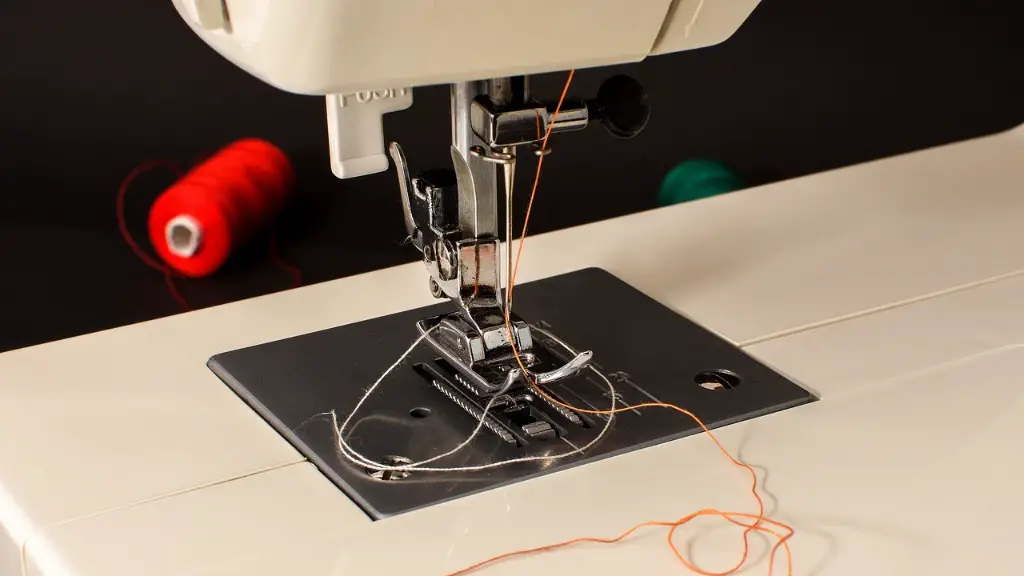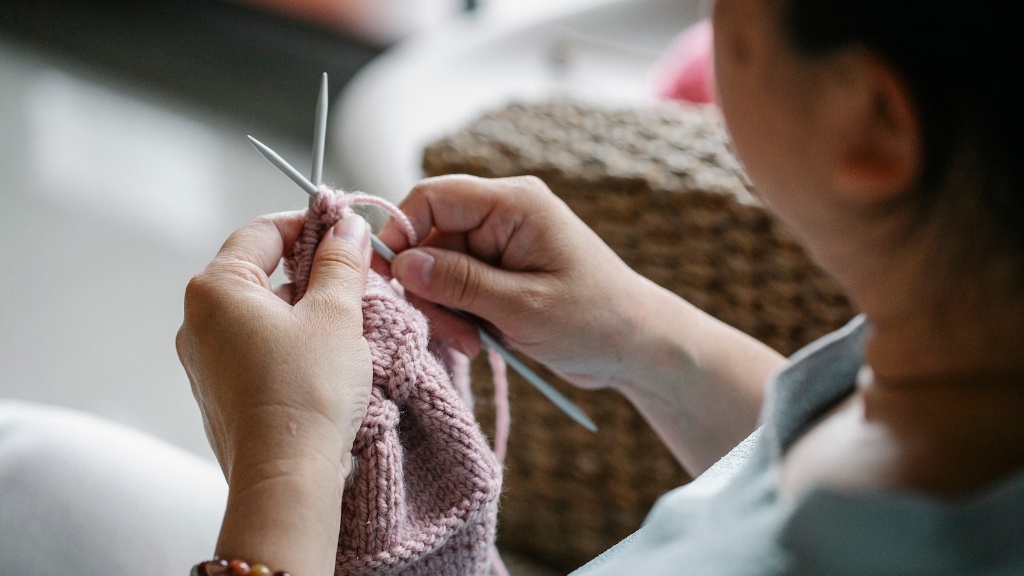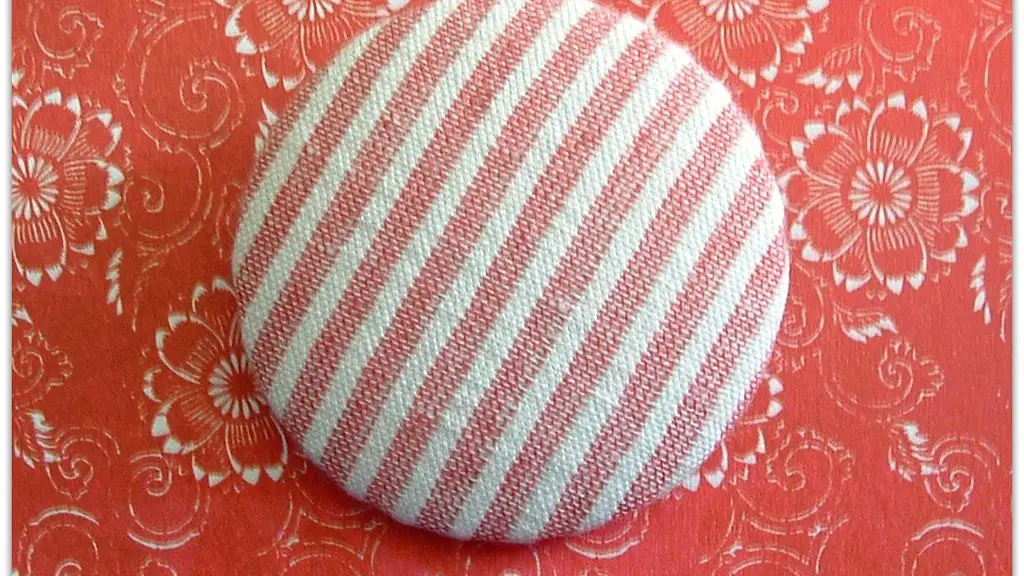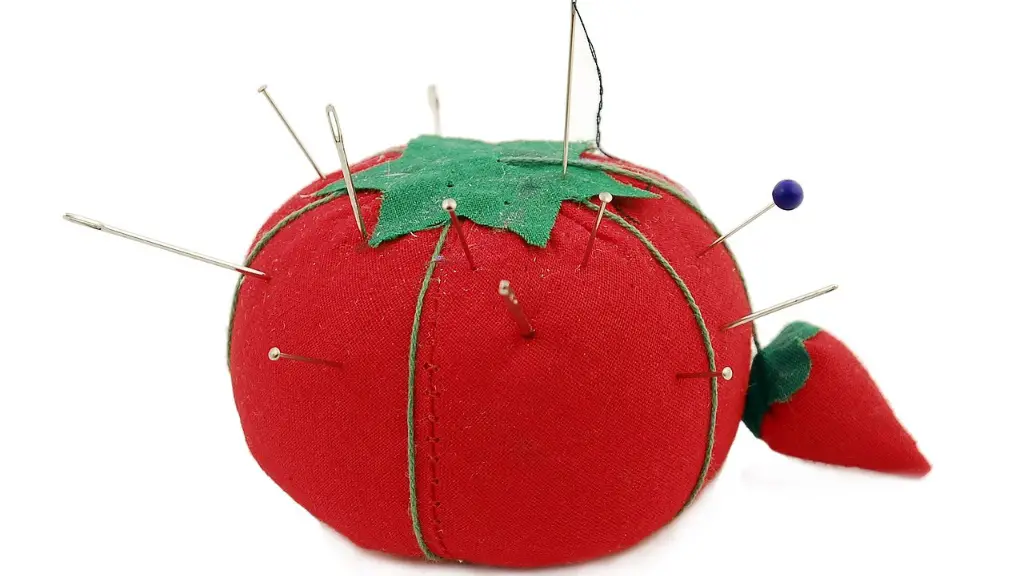Equipment Needed for Sewing Machine Projects
Sewing machines are great tools for both beginner and experienced sewists. Sewing machines let you quickly create garments, crafts, quilt blocks and more. But what do you need when starting a sewing machine project? There are some essential and important items that every sewer should have to get started.
Thread and Thread Choice
Thread is an important part of every sewing machine project. Thread comes in a variety of types and materials, so you should select the type that best suits your project. For clothing, you should use thread designed for the type of fabrics you plan to use. Cotton thread is often used when sewing cotton fabric, while polyester thread is a good choice for heavier fabrics like denim. You can also use specialty threads in a wide range of colors and textures to get the perfect look for your project.
Needles
Needles are a must-have when using a sewing machine. Each type of needle will work differently depending on the fabric you plan to use. For instance, use a jersey needle when sewing knit fabrics, a universal needle when sewing most fabrics, and a denim needle when sewing denim and other heavyweight fabrics. Make sure to use the correct needle for your fabric type.
Marking Tools
Marking tools such as a fabric pen and tailor’s chalk can be used to make sure you are sewing your project accurately. Used for marking pattern pieces and sewing guides, marking tools let you easily see where to sew, making it easier to do an accurate job.
Sewing Gauge
A sewing gauge is used to measure hems and other seam allowances. This small tool is usually a 6-inch or 12-inch ruler with a sliding marker that helps you measure hem depths and other seam allowances quickly and accurately.
Seam Ripper
A seam ripper is a great tool for when you make a mistake in sewing. It allows you to quickly and easily remove stitches without damaging the fabric.
Cutting Tools
Cutting tools are essential for making sure you have well-cut and accurate patterns. Scissors, fabric shears, and rotary cutters are all essential tools to help you cut out fabric accurately.
Accessories
Accessories such as buttons, snaps, and zippers can add a nice finishing touch to a sewing project. Buttons are available in a wide range of materials, shapes, and sizes. Snaps come in plastic or metal varieties, and zippers come in various lengths and styles.
Additional Supplies
In addition to the items listed above, there are many additional supplies you may want to pick up to help make your project a success. These items may include fabric stabilizers, support fabrics, interfacing, and notions such as pins, hooks, and elastic.
Types of Projects You Can Make on a Sewing Machine
Now that you know what you need to get started, it’s time to decide what type of project you want to make. Some popular sewing machine projects include clothing, accessories, pillows, curtains, and quilts. No matter what type of project you choose, understanding the basics of sewing will help you get off to a strong start.
Where to Find Patterns
Patterns are an essential part of many sewing projects. You can find free and commercial sewing patterns online, in craft stores and fabric stores, and even in print publications. Patterns come with detailed instructions, which can make sewing much easier.
Getting the Right Fabric
When selecting fabric for your projects, it’s important to make sure the fabric is appropriate for the project. Different types of fabric require different amounts of care, as well as different types of cutting and sewing. For instance, lightweight fabrics require less cutting than heavier fabrics. So take the time to make sure you select the right fabric for your project.
Using the Right Sewing Techniques
Sewing machines can help you make beautiful pieces quickly but you should take the time to learn the basics of sewing. Knowing when to backstitch, what type of seam to use, and how to neaten and press seams will help you produce professional-looking projects.
Learn More About Sewing Machines
If you’re new to sewing, it can be useful to read books or watch videos about sewing machine basics. This can help you understand the different parts of the machine and how to operate it correctly. With the right knowledge, you can quickly get the hang of using a sewing machine.
Practice, Practice, Practice!
The best way to become a better sewer is to practice. Start by making small projects like bags, pot holders, and quilt blocks. The more you practice, the better your sewing skills will become.
Taking Care of Your Sewing Machine
Your sewing machine is an investment of time and money, so it’s important to take good care of it. Cleaning it regularly and changing the needle when necessary will help prolong its life. Additionally, always follow the manufacturer’s instructions to properly use and maintain your sewing machine.
Storing Your Sewing Patterns and Projects
Storing your projects correctly is essential to being a successful sewer. Keep fabric, notions, and patterns in an organized manner so they are easy to locate when needed. You can also use dividers and labels to make it simpler to find the items you need.
Create Your Own Garment Labels
Adding a label to your sewn projects is a great way to show off your work. You can easily make your own custom garment labels with an embroidery machine or with a sewing machine and some heat transfer fabric.
The Benefits of Sewing
Sewing is a great way to express yourself and have creative control over your projects. It’s also a great way to save money, as you can make many items for much less than the cost of buying them. Finally, sewing can be a relaxing and rewarding hobby that leads to further creative pursuits.




